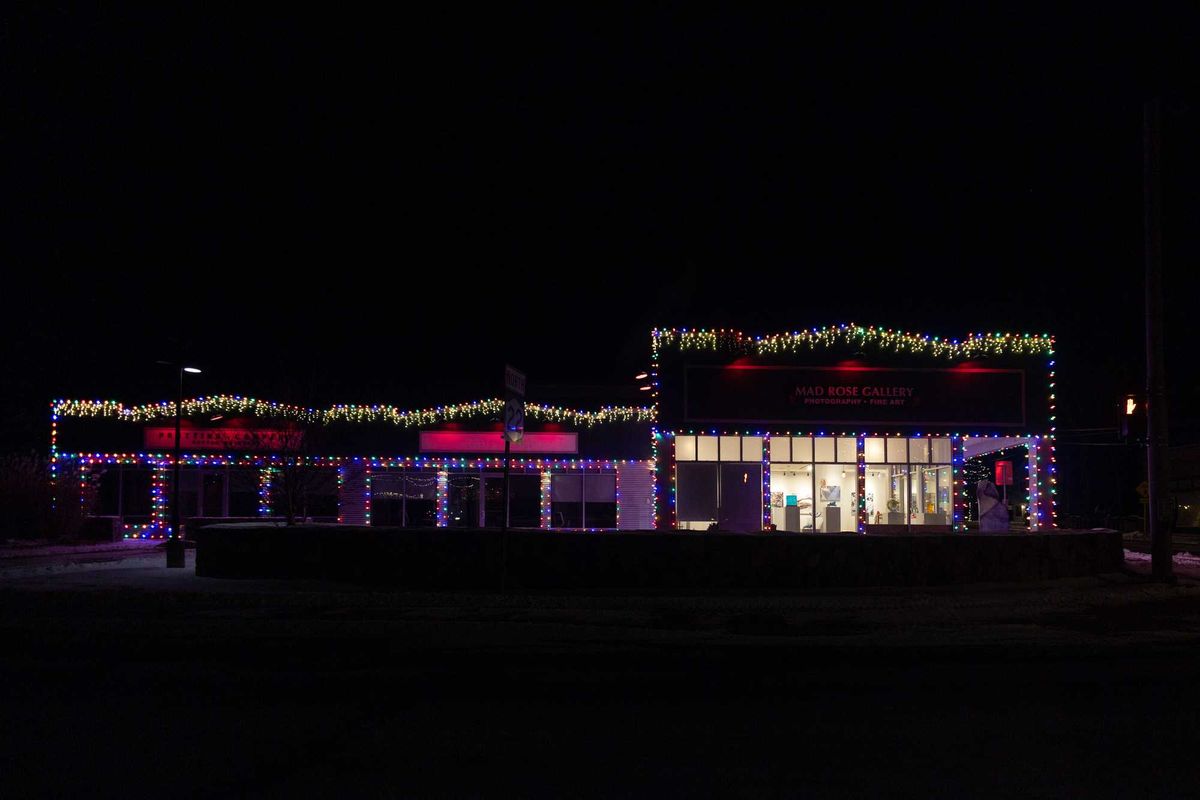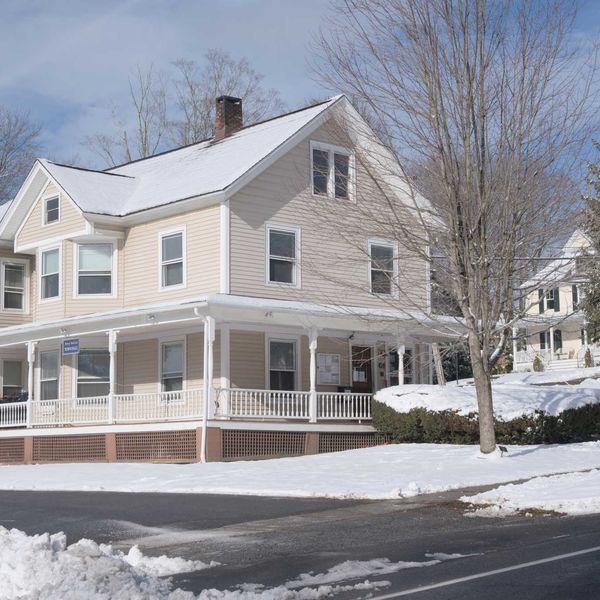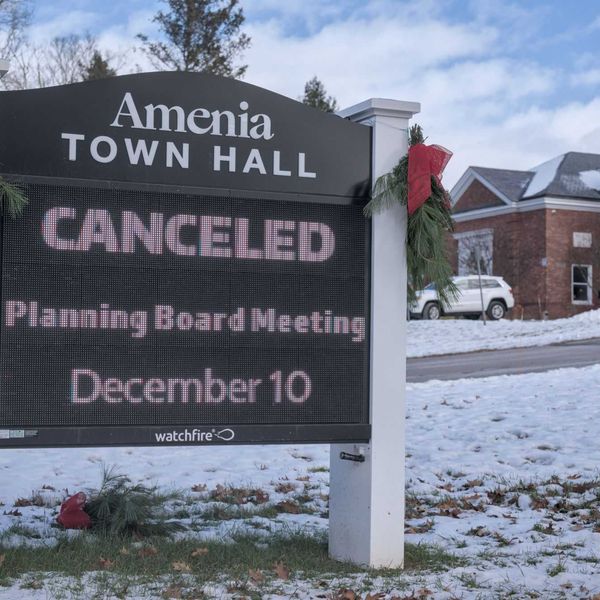Bard College: Worth the Drive for Music & More

Frank Gehry’s Fisher Center is reason enough to make a trip to Annandale-on-Hudson, N.Y., and the Bard College campus, but there are also concerts and performances there throughout the summer. Photo of Fisher Center by Peter Aron/Esto

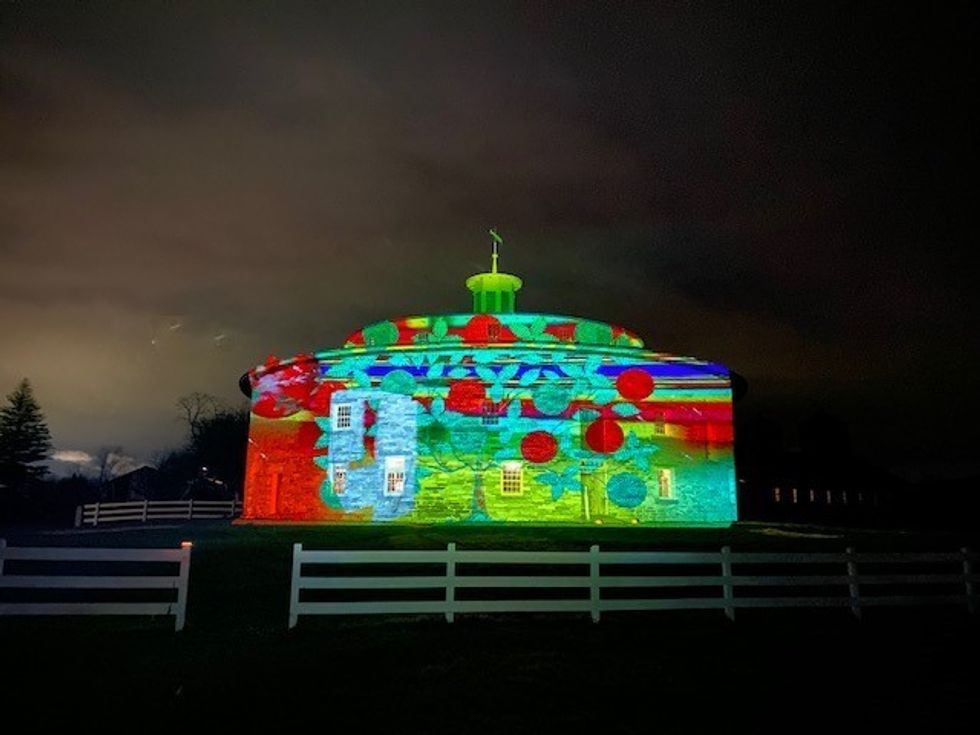
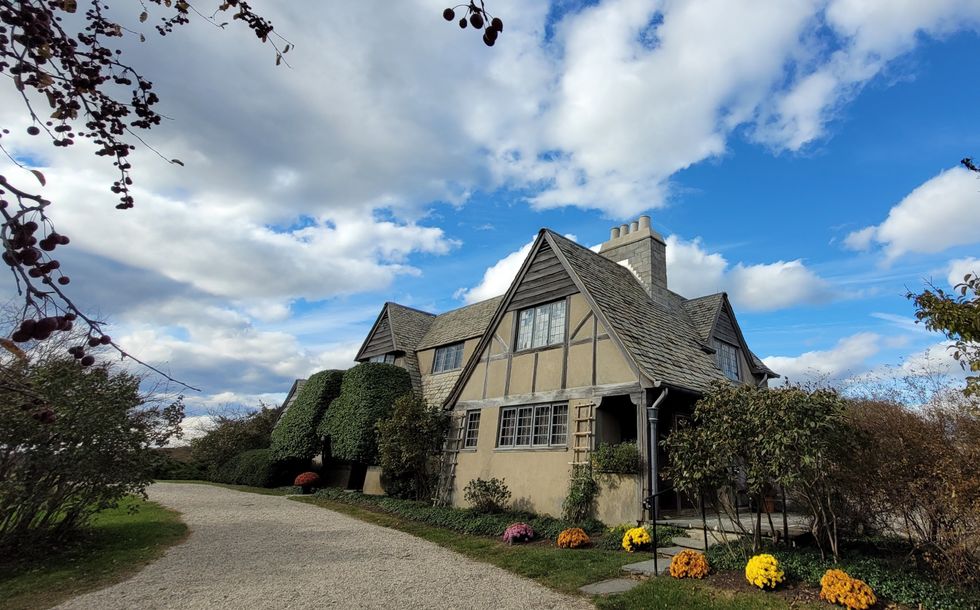

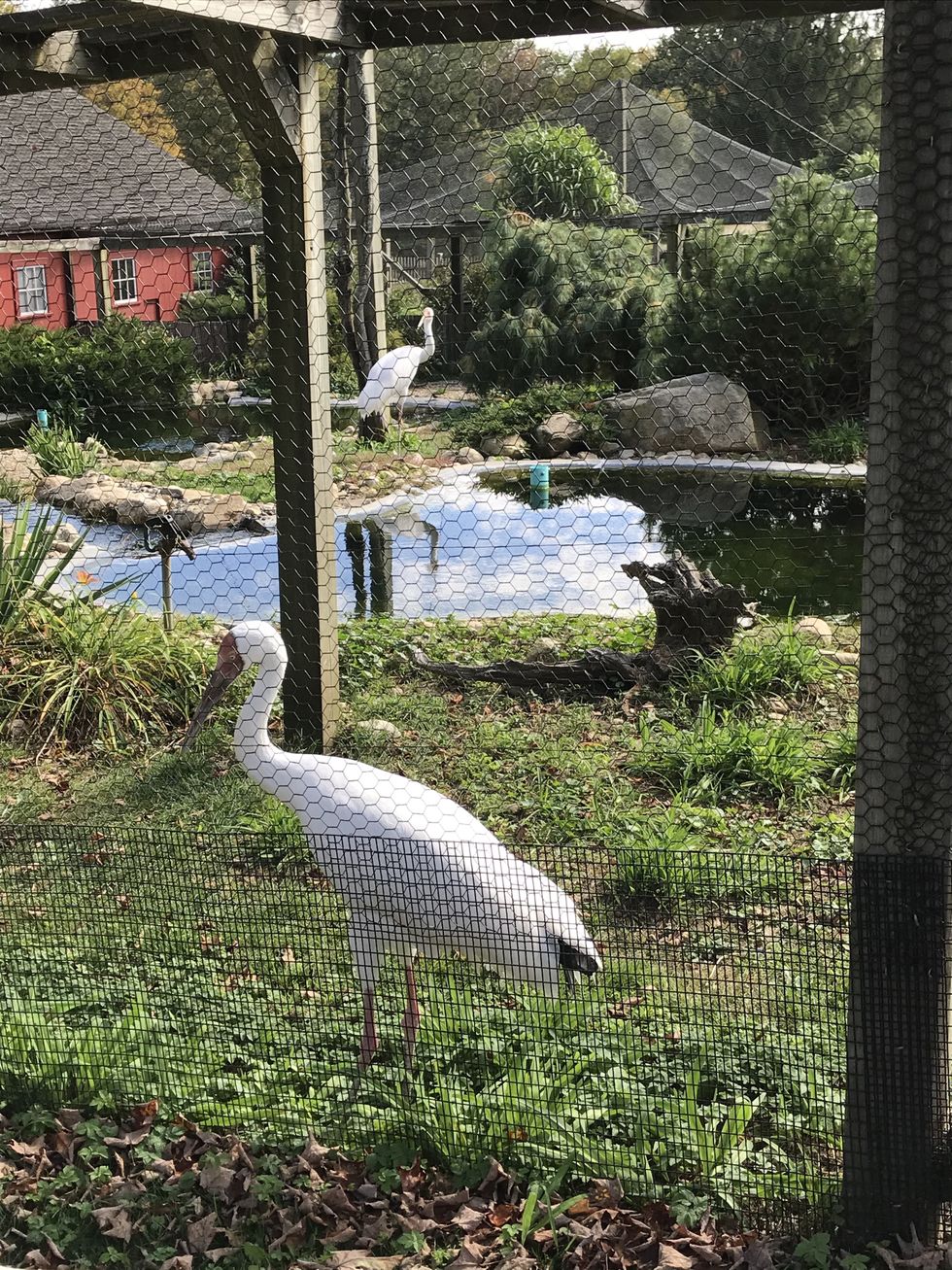

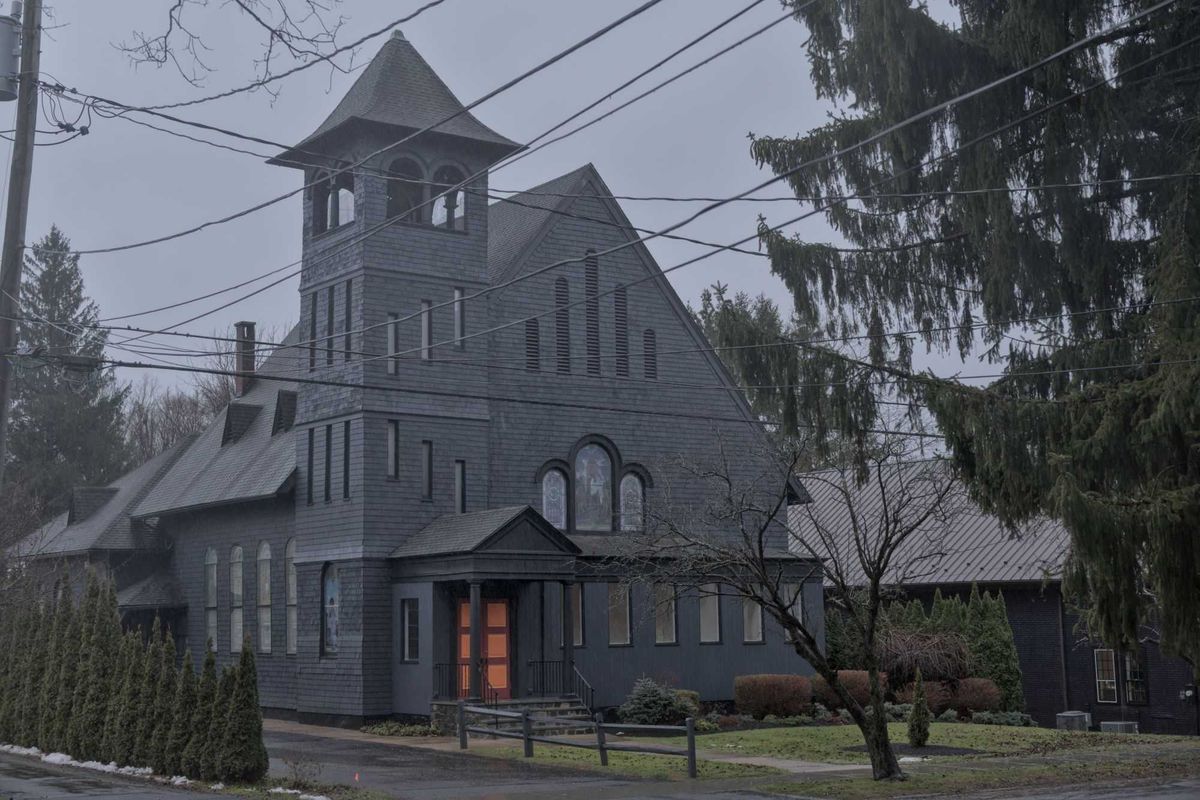
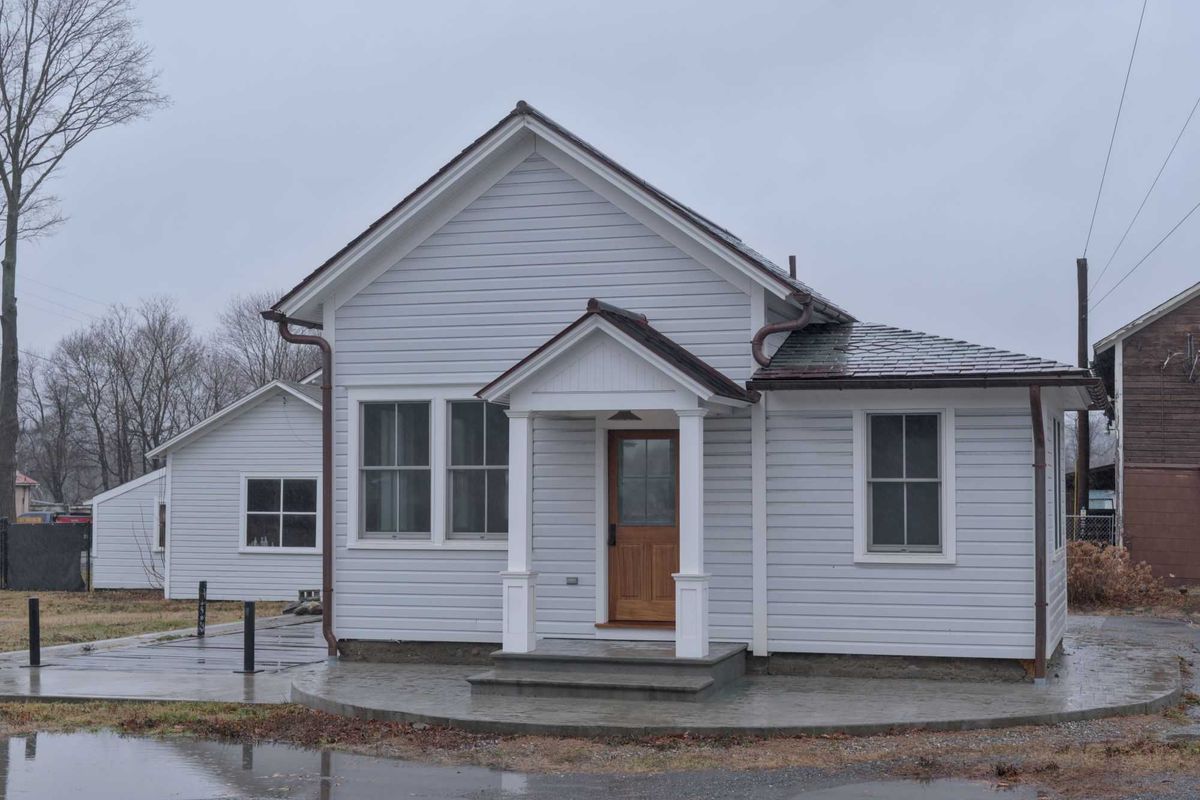
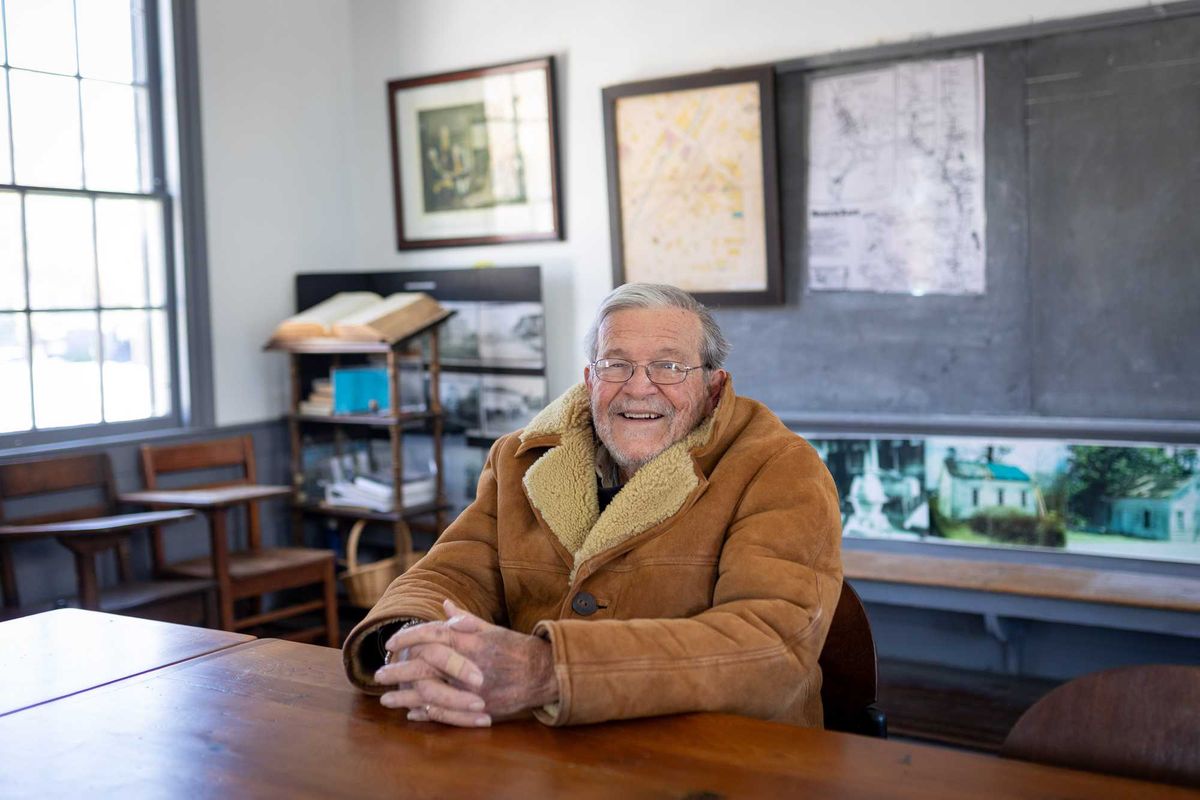
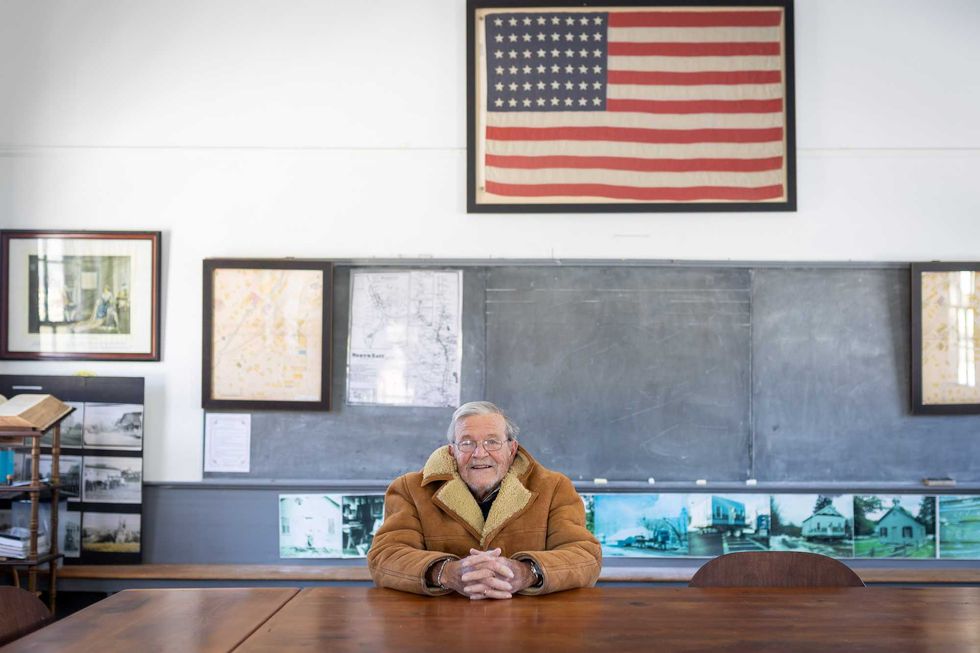 Ralph Fedele sits at a table in the historic Irondale Schoolhouse in downtown Millerton. Fedele led the effort to renovate and relocate the schoolhouse to the center of the village.Photo by Aly Morrissey
Ralph Fedele sits at a table in the historic Irondale Schoolhouse in downtown Millerton. Fedele led the effort to renovate and relocate the schoolhouse to the center of the village.Photo by Aly Morrissey